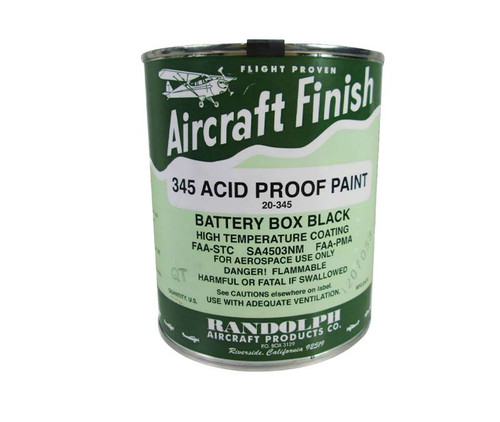Rated Aargh
Member
- Joined
- Aug 17, 2023
- Messages
- 15
Who is using battery boxes for their house battery bank? If you are what are you using? Start batteries are pretty easy but there are typically far more batteries in a house bank than start batteries.
Back story:
New to me boat had a wooden box for the 4) 6v house batteries that was built super tight. The batteries were shot and swelled so badly I had to basically destroy the box to remove batteries to replace them.
So now I’m trying to decide how to secure the new batteries. Build a new wooden box that won’t contain acid or try and figure out a plastic box for the batteries. Space is fairly limited also.
Back story:
New to me boat had a wooden box for the 4) 6v house batteries that was built super tight. The batteries were shot and swelled so badly I had to basically destroy the box to remove batteries to replace them.
So now I’m trying to decide how to secure the new batteries. Build a new wooden box that won’t contain acid or try and figure out a plastic box for the batteries. Space is fairly limited also.

